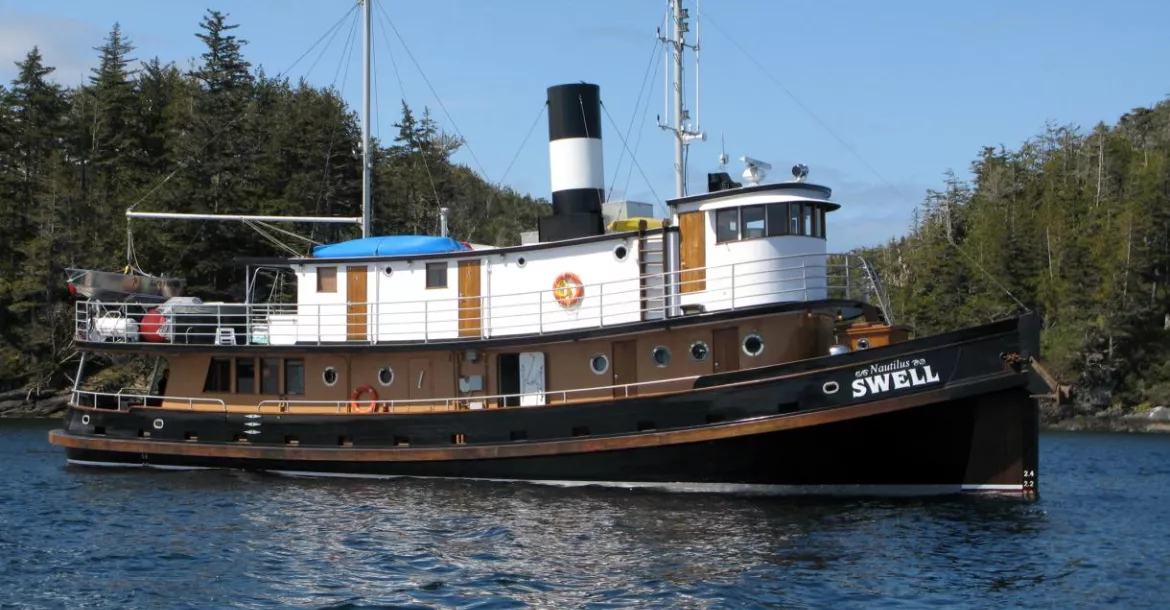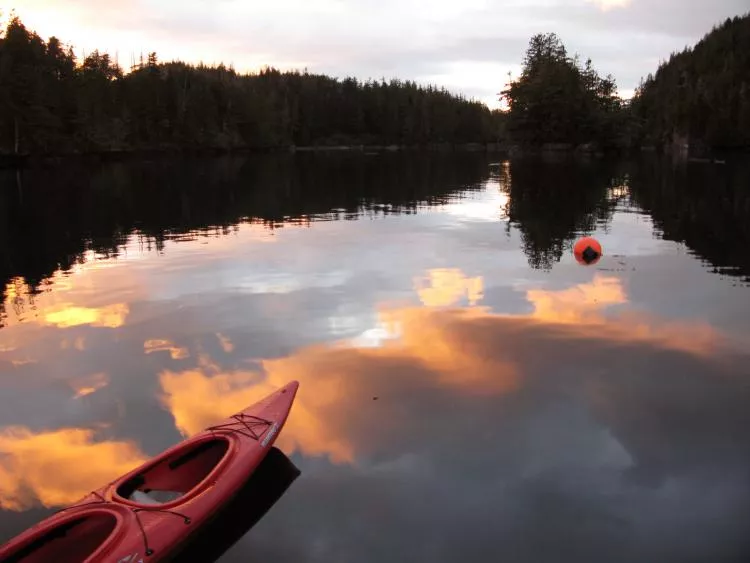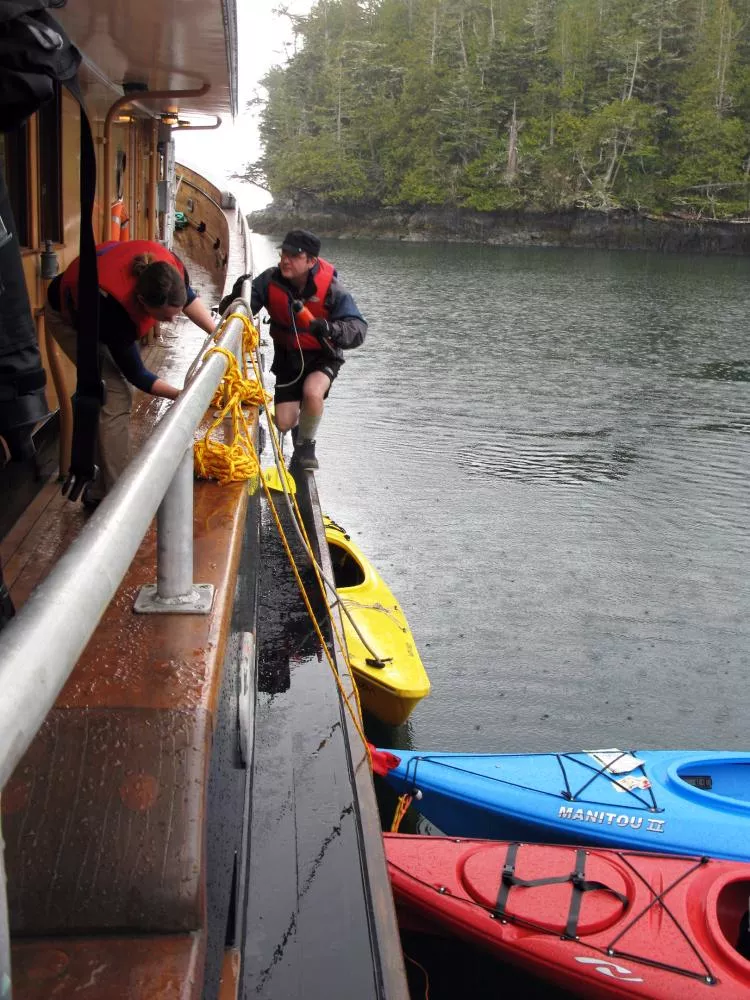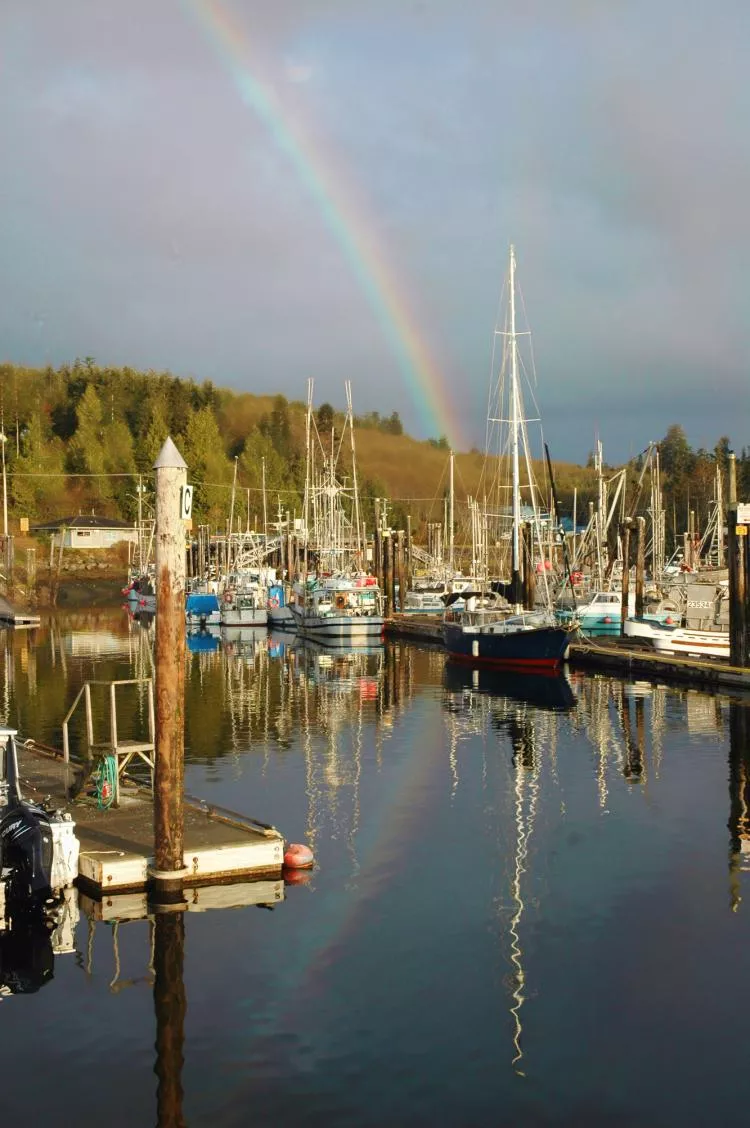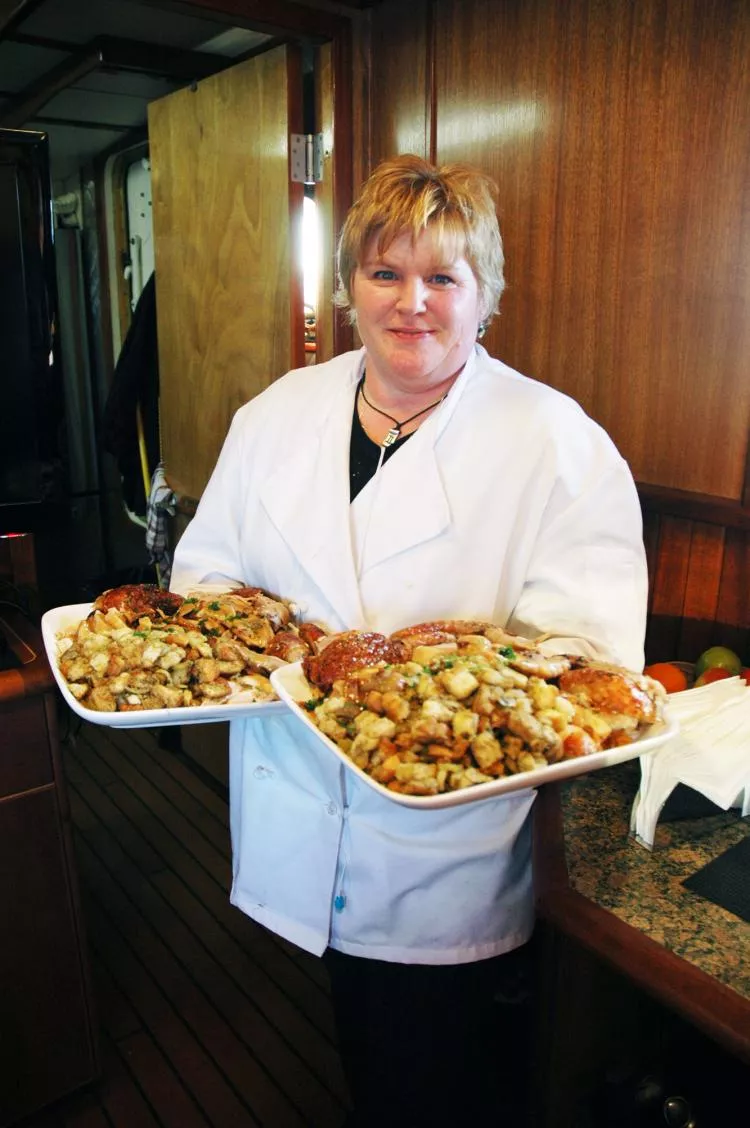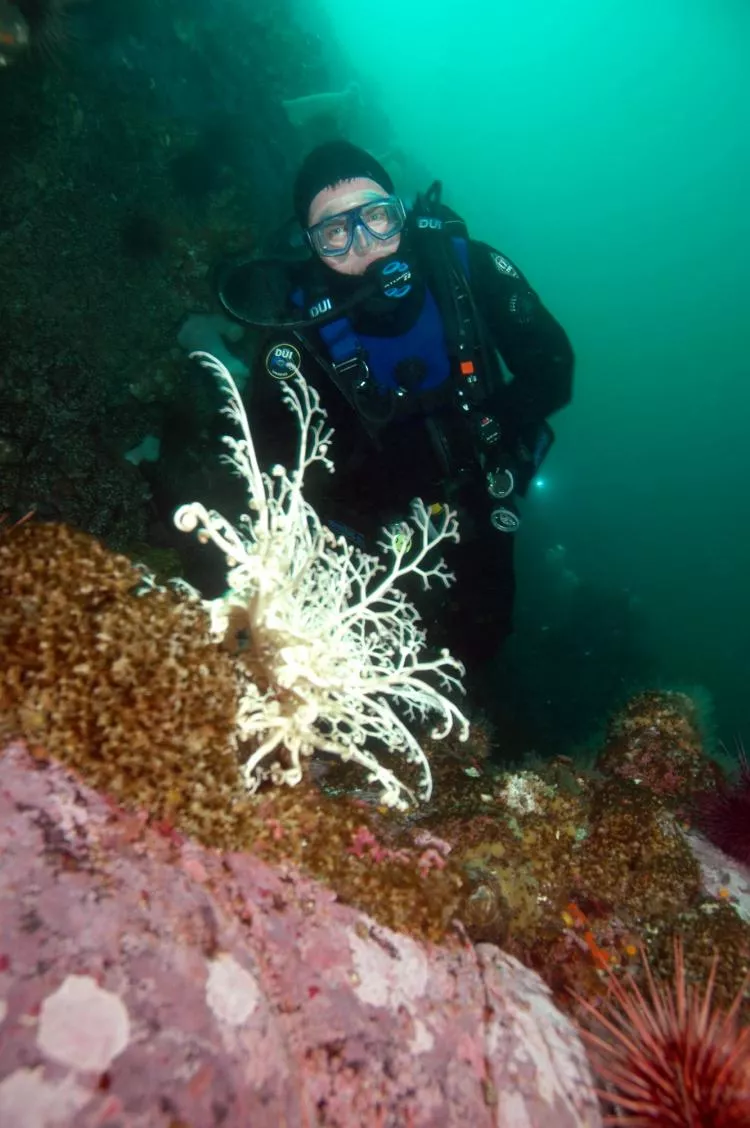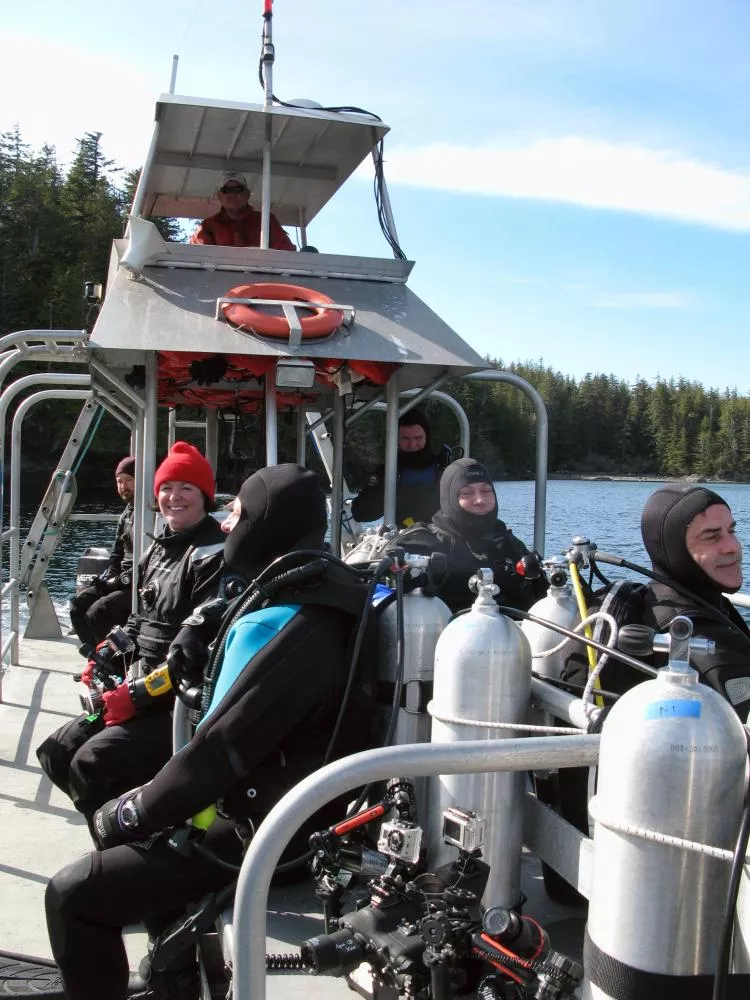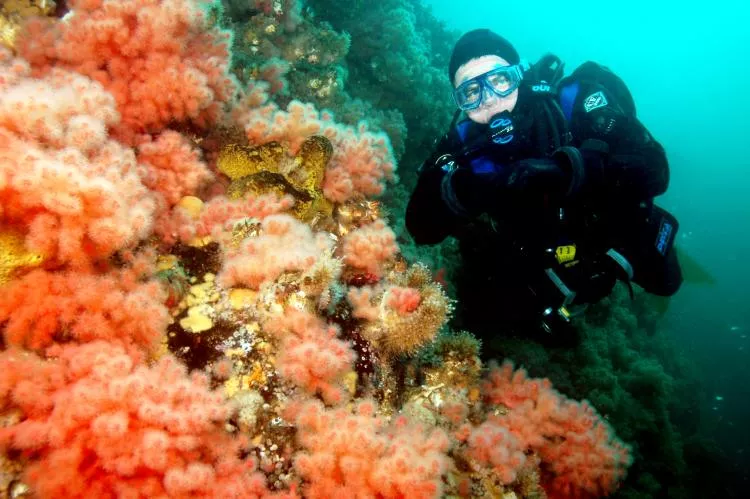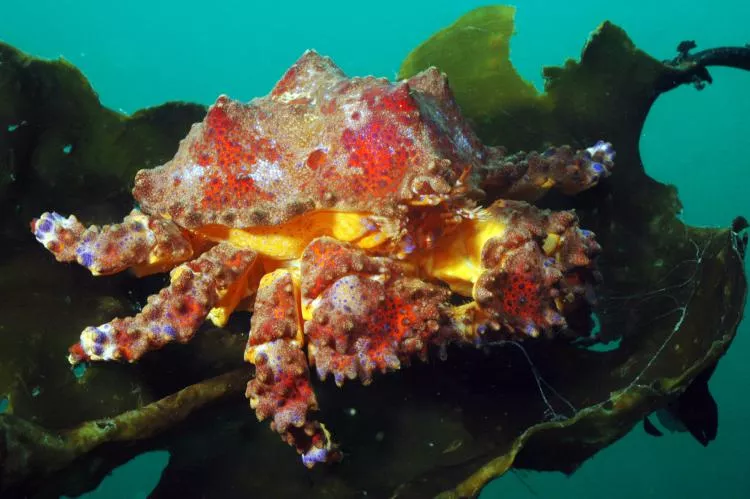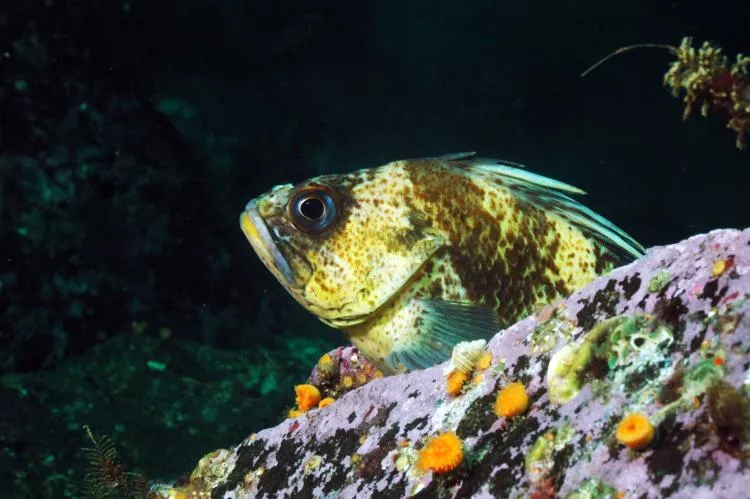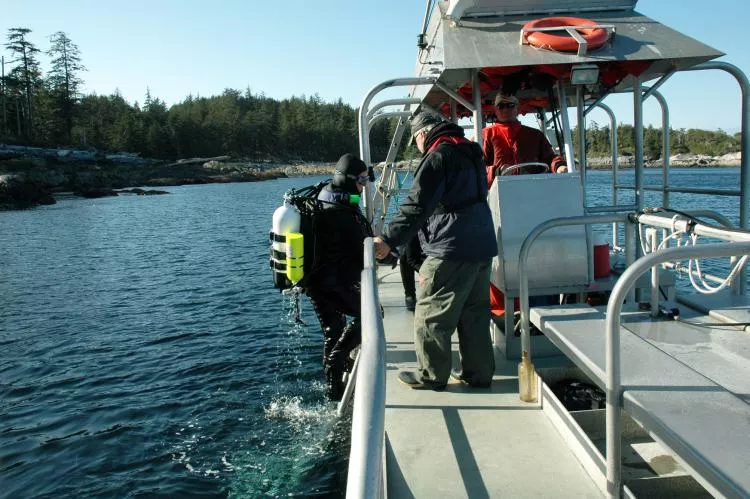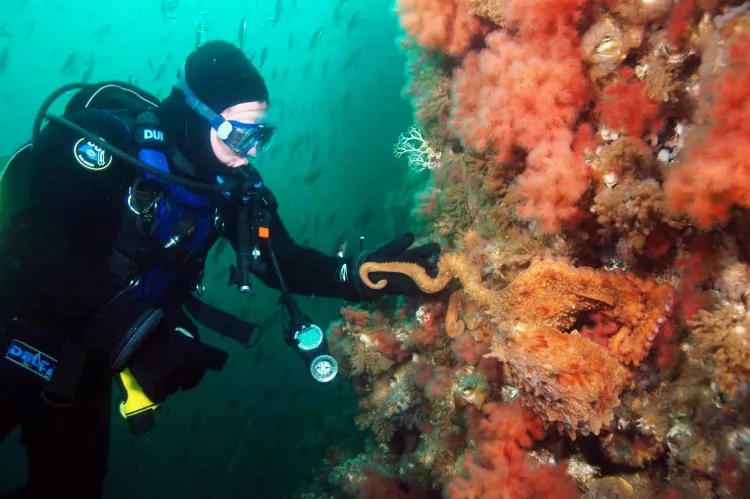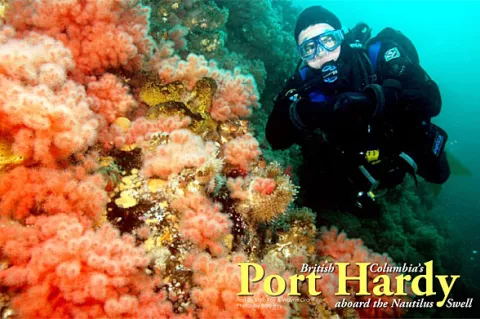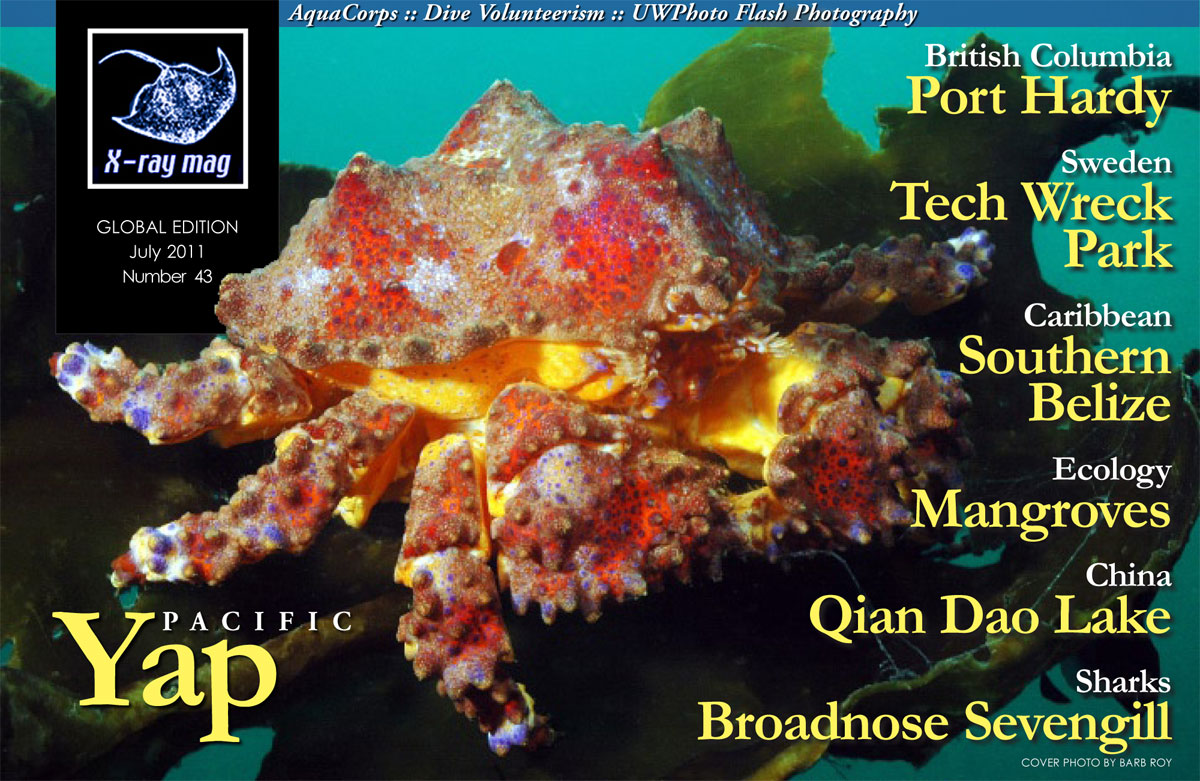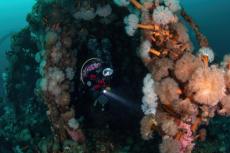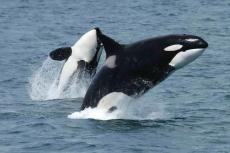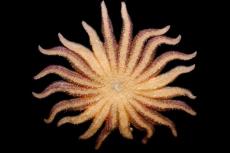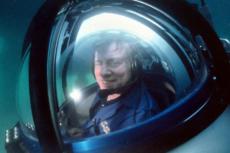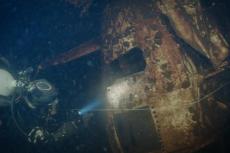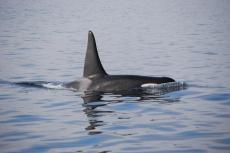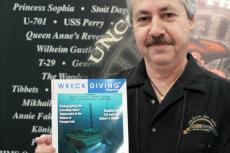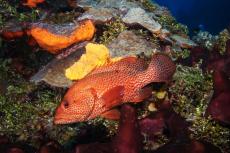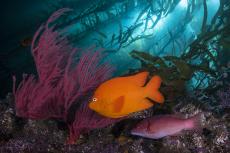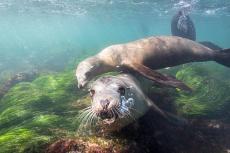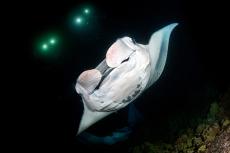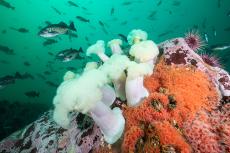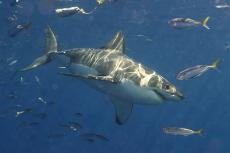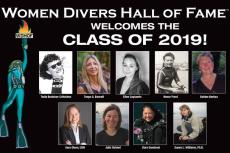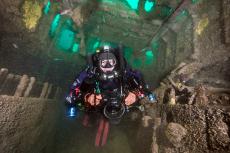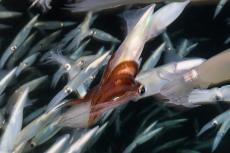It wasn’t until Wayne and I were actually leaving Port Hardy aboard the new liveaboard dive boat, the Nautilus Swell, that I realized how much I missed this area of British Columbia. The beauty of a calm ocean at sunset with fresh air all around and the tranquility of stillness allowed the hustle and bustle of city life to simply melt away. Only the sounds from squawking seagulls taking flight and the chattering of bald eagles could be heard.
With the smell of dinner baking in the oven and a warm hot coco in hand, we rested against the boat’s wooden rail enjoying the scenery. I was smiling because I could hear no ringing cell phones, no emergency vehicle sirens racing by and no worries to clog my brain with irrelevant particulars. A full week of escape from work is what Wayne looked forward to—especially the eating, sleeping and diving parts live-aboards seem to specialize in!
Al Spilde, a seasoned mariner for over 25 years and very familiar with this region, was our captain for the journey and predicted fair weather and good underwater visibility ahead. The rest of the crew included Chris and Belinda Miller, also longtime BC divers who have worked in the liveaboard industry for years. And our hostess, Claire Brosser, was determined to make everyone’s adventure a memorable one.
Hussar Point. Of the three dives listed for the day, our first was a checkout dive at Hussar Point, just around the corner from the world-famous Browning Wall. Now most of you might think a checkout dive would be barren and sandy, hosting little to no life with plenty of room to once again become familiar with buoyancy skills. In Port Hardy, this is not the case. Here, every site is an awesome dive, chocked full of reefs, beautiful walls and something to see at each site.
From the 38-foot aluminum dive skiff, Inde, we all peered down into the water in anticipation, as Al moved closer to the wall. White and orange anemones clung to the rocks just below the surface and the schooling rockfish seemed to be in the hundreds, as they gathered in the boat’s shadow.
Although the Swell will accommodate 12 divers comfortably, our group had nine, but only eight were diving. Needless to say, we divided up the 12 dive stations on Inde and had plenty of room for pony bottles, camera gear, video systems and so much more!
Diving
Everyone entered the water and descended into a lush forest of kelp. It was easy to follow the fronds down to the main part of the reef where everyone went in different directions. Wayne and I swam along a wall at 60 feet, admiring the colourful anemones, small darting gobies (fish) and beautiful brightly colored orange-peel nudibranchs. Wayne thought the large white basket stars were exceptionally cool to watch, as they slowly unraveled their branch-like arms in the mild current to feed.
Continuing on, we came across a tiny juvenile Puget Sound king crab sitting on a piece of kelp which was gently flowing in the current. The little crab, about the size of a person’s hand, was a photographer’s delight, boasting colours of red, yellow and splashes of radiant purple.
I have always found that it is captivating experiences like this—watching basket stars open up or a tiny crab surfing the current that makes dives like this so rewarding.
Other divers in the group enjoyed grunt sculpins, red Irish Lords and crimson anemones with candy-striped shrimp using the base of the anemones for shelter. Probably the most treasured critter sighting, however, was a medium sized giant Pacific octopus out in the open. We were told it played with the divers for many minutes before moving on to other things of interest.
Back on the boat everyone shared their experiences, viewed one another’s images and watched videos. After a scrumptious breakfast the next dive was Browning Wall, a dive site we were all excited about.
Wayne laughed at me when he saw my camera was in its housing and ready to go on the boat at least an hour before the dive! What can I say?
Browning Wall. As with the previous dive we saw hundreds of small rockfish next to the wall near the surface. Lengthwise, the site stretched horizontally a couple hundred feet and down to over 200 vertical feet. Unfortunately, we left the technical gear behind—although Trimix would have been wonderful on this dive, allowing us to visit the realm of deeper dwelling residents.
The wall is located on Nigei Island in Browning Pass, north of Port Hardy. The island itself is covered by a dense forest of hearty coastal trees, which seem to almost touch the water’s edge. Other parts of the wall however are solid rock, revealing a sculpted topside terrain tinted with nature’s gold and brown colours.
Within ten minutes after descending, Wayne and I came across our first octopus. It wasn’t very big but moved contently around and over the wall’s crowded collage of life. For a while, I thought Wayne and the octopus were playing hide and seek because he would move behind a cluster of finger sponge and the octopus seemed to sit up and look for him, then it would do the same behind pink soft corals with Wayne trying to find it.
After about 15 minutes of photographing their play, we continued along the wall, staying in the 40-70 foot range. Visibility was always around 70 feet with my computer informing me the water temperature was 47 degrees Fahrenheit.
Every day in this small slice of Canada’s paradise was gratifying, yielding octopuses or wolf eels on almost every dive and plenty of whales, dolphins, sea lions and otters to see and photograph. We had the option of doing at least three dives per day, every day and the occasional night dive.
Claire always had hot chocolate and freshly baked cookies still warm from the oven waiting for us after each dive. I can’t say enough about how good the food was, which I believe is a big part of a liveaboard experience. The meals were always just prepared and varied to provide a tasty selection to meet anyone’s palate.
Alex Rock. One of my favorite dives was at a remote site called Alex Rock. I would have to say the word “wow” doesn’t do it justice for a description. Two playful sea lions greeted us with their large puppy-dog faces, performing before us a dance of speed and nimble grace.
Moving down the reef’s sloping side, we came across hundreds of large black rockfish intermingled with equally large yellowtails hovering in midwinter. They seemed to peer at us with their inquisitive eyes, as if we were their afternoon diversion. Perched on various rocks and outcroppings, male and female kelp greenlings and quillback rockfish watched us as well.
The photographers in our group with close-up lenses were happy to find pink and red soft corals, orange tunicates, large acorn barnacles, delicate hydroids and assorted shades of sea stars. Throngs of pink, white and red crimson anemones gave the reef splashes of color. Around the lower sections of kelp stalks, smaller brooding anemones could be found, many hosting tiny clone polyps.
The highlight of the dive for Wayne and I was coming across several small pink gorgonian sea fans in 70 feet of water. A few feet deeper we found a whole field of them! We were delighted since this type of gorgonian is usually found at depths of 90 feet or greater.
In an effort to see if they followed the wall down, Wayne dropped over the ledge to deeper water, but didn’t see any more. He did however see more basket stars, of all shapes and sizes.
Wayne and I ended up using a patch of kelp for our safety stop. Within it we came upon a thick layer of bull kelp resembling tall flagpoles with wide golden ribbons blowing in the wind (current). Giant kelp intertwined, creating a sheltered canopy for otters floating above and millions of small fish swimming below. I really enjoyed burying myself and camera in the fronds, uncovering one layer after another to see what lay below.
Strawberry Hill, Fantasy Island. The dives that followed were at places resembling their names like Strawberry Hill (which I was able to name!) and Fantasy Island. The Strawberry Hill site reminded me of outer west coast dives because of the underwater terrain covered in small red anemones. Above the water the huge boulders were bare from winter storms of crashing waves. At Fantasy Wayne played with wolf eels while I photographed a selection of invertebrate life!
Fish Bowl and Snowball. Fish Bowl was another site worth mentioning because in only 20 feet of water the marine life revealed within the bed of kelp at the top of the reef was like discovering a new world. Wayne later said the site should be renamed to Salad Bowl since the kelp was so varied. The colour I guessed was partly from the fresh early spring growth.
Forming multiple small patches at the top of the reef was an almost iridescence purple and blue branching seaweed which shimmered in the early evening light. Behind it a light pink coralline algae highlighted its effects. When the kelp and algae was moved away we were thrilled to find millions of snails, chitons and limpets! Some of the lined chitons were extraordinary in their designs.
Nudibranchs were also everywhere, some with lacy circular egg casings nearby. Tiny abalone, shrimp and a few sea spiders made their home here as well. While the other divers explored the depths we decided to remain at the top of the reef because there were plenty of things to see.
Snowball, Lucan Chute & Toy Boy Gap. At Snowball we found millions of small white anemones. Lucan Chute had huge sea lions, large Puget Sound king crabs and many more current-dwelling inhabitants than we could count. Toy Boy Gap was where I found an immense Puget Sound king crab with two small females. The trio was surrounded by yellow sponge, pink soft corals, with a shallow bed of kelp above them.
Tonight was no different than any night so far, as we patiently waited for dinner while enjoying a glass of chilled red wine or a cold micro brew beer from the boat’s selection (additional fee). Some nights ‘B’ has treated us to fish or chicken, but one night we devoured Prime Rib! Tonight the menu hinted of crisp fish tacos and tender beef enchiladas smothered in cheese. What a treat…
The Nautilus Swell, a refurbished 90-foot tugboat will be operating in the Port Hardy area during the Spring and Fall months, with excursions to Alaska throughout the summer. For more information contact www.nautilusswell.com or call 1-604-657-7614 for reservations. ■
Published in
- Log in to post comments

